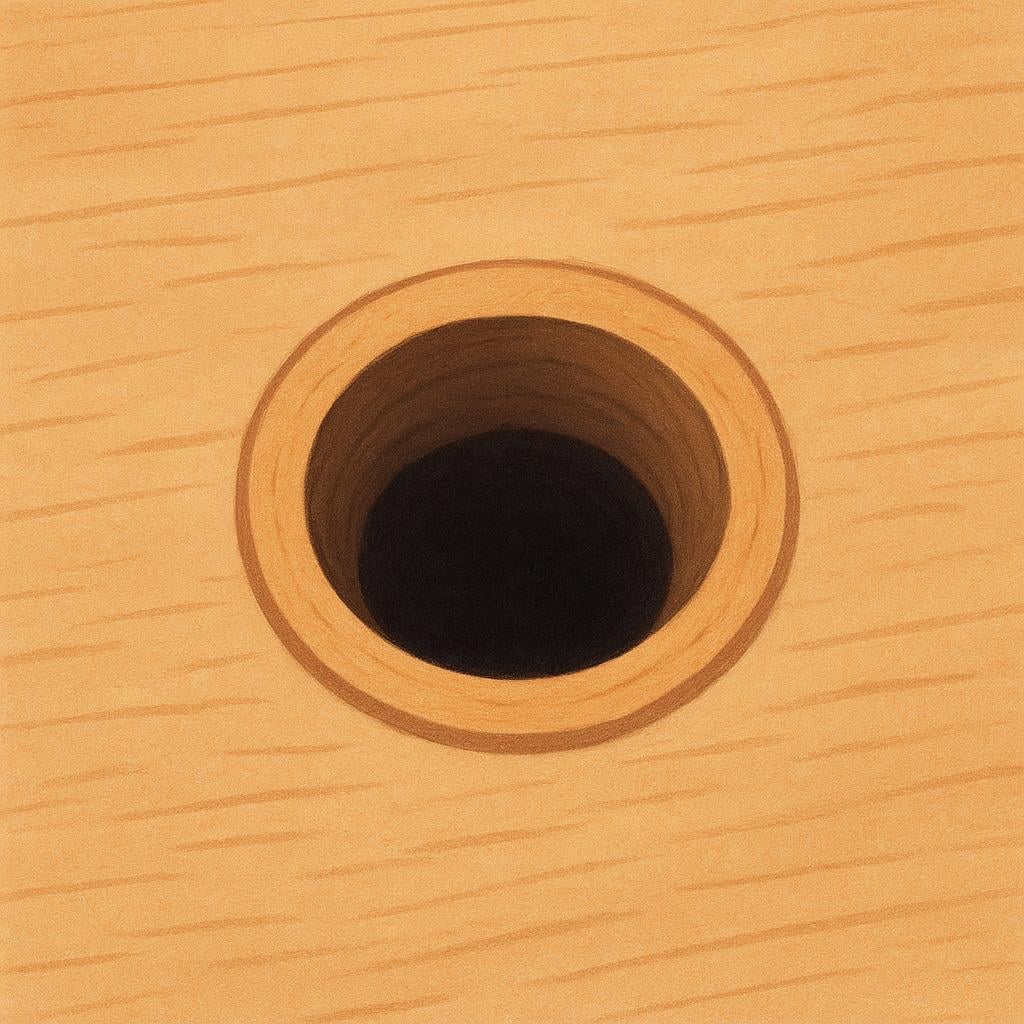ojo
/OH-hoh/
eye

The most common meaning of ojo is the body part used for sight: the eye.
📝 In Action
Tienes un ojo verde y el otro azul. ¡Qué peculiar!
A1You have one green eye and the other blue. How peculiar!
Me duele el ojo izquierdo después de leer tanto.
A1My left eye hurts after reading so much.
💡 Grammar Points
Masculine Noun
Even though many body parts are feminine (like 'la mano' or 'la cabeza'), 'ojo' is always masculine: 'el ojo' (the eye).
❌ Common Pitfalls
Using the definite article
Mistake: "Me duele mi ojo."
Correction: Me duele el ojo. (Spanish often uses 'el' or 'la' instead of 'mi' or 'tu' when talking about body parts, especially with verbs like 'doler'.)
⭐ Usage Tips
Using Plural
To talk about a black eye or a bruised eye, use the plural form: 'Tienes los ojos morados' (You have black eyes).

As an interjection, ojo serves as a warning, meaning 'Watch out!' or 'Heads up!'.
ojo(Interjection)
Watch out!
?as a warning or alert
,Be careful!
?as a warning or alert
Heads up!
?to draw attention to information
📝 In Action
¡Ojo! Hay un coche detrás de ti.
A2Watch out! There's a car behind you.
Ojo, mañana tenemos que entregar el proyecto sin falta.
B1Heads up, tomorrow we have to turn in the project without fail.
💡 Grammar Points
Always Singular
When used as a warning, 'ojo' is always used in the singular, often followed by an exclamation mark.
⭐ Usage Tips
Functional Use
Think of this meaning as shouting 'Eyes on this!' or 'Pay attention!' It alerts someone to either danger or important information.

Ojo can also refer to a small, defined opening or hole, like a keyhole or a puncture.
ojo(Noun)
hole
?small, defined opening
,eye
?of a needle or tool
loop
?in a knot or rope
,spring/source
?of water, in some regions
📝 In Action
Es muy difícil meter el hilo por el ojo de la aguja.
B2It is very difficult to put the thread through the eye of the needle.
El ojo de la cerradura estaba cubierto de polvo.
C1The keyhole was covered in dust.
💡 Grammar Points
Figurative Use
This meaning extends the concept of the 'eye' as a small, central viewing point or passage, such as in tools or mechanisms.
✏️ Quick Practice
💡 Quick Quiz: ojo
Question 1 of 1
Which sentence uses 'ojo' as a warning or command?
📚 More Resources
Frequently Asked Questions
Why is 'ojo' (eye) masculine, but 'oreja' (ear) is feminine?
There's no simple rule! The gender of Spanish nouns is often based on how they developed from Latin. 'Ojo' comes from the masculine Latin 'oculus,' which is why it became 'el ojo.' It's best to learn the gender alongside the noun, rather than trying to find a pattern based on meaning.
When do I say '¡Ojo!' and when do I say '¡Cuidado!'?
Both mean 'Be careful,' but '¡Ojo!' usually demands immediate attention or points out a specific hazard or piece of important information. '¡Cuidado!' is a broader warning about general caution.